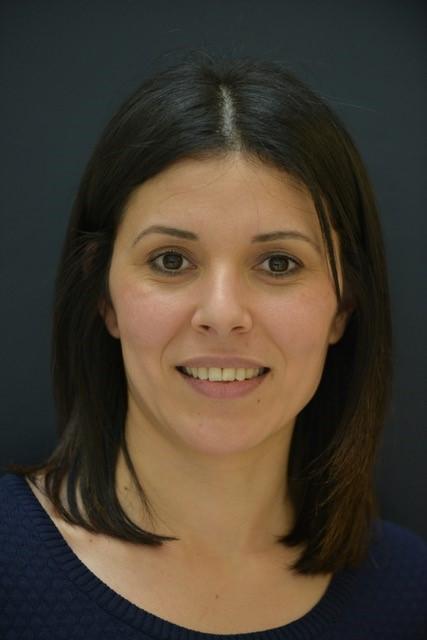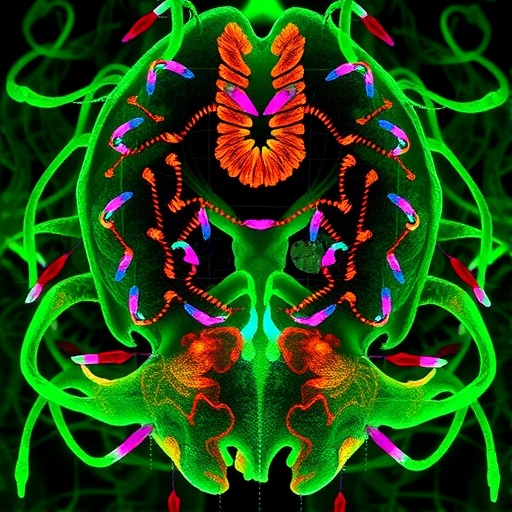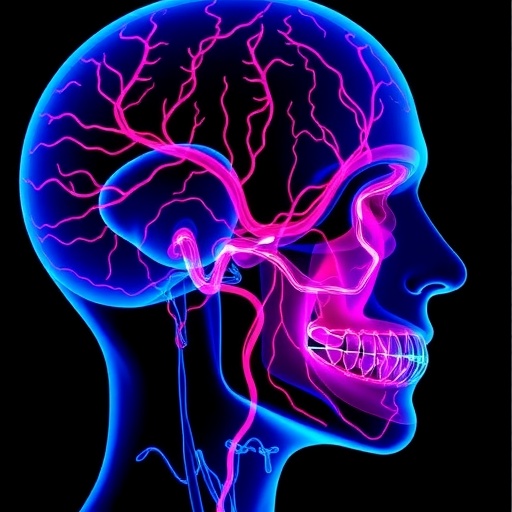
Credit: AlphaMed Press
Durham, NC – Infection, inflammation, trauma, disease, contact lenses – all of these and more can lead to corneal scarring, which according to the World Health Organization is a leading cause of blindness worldwide. While corneal transplant remains the gold standard to treat this condition, patient demand far outweighs donor supply. However, in a study released today in STEM CELLS Translational Medicine researchers demonstrate a potential solution to this major problem.
The cornea is the clear front surface of the eye that not only protects the eye, but allows light to enter and provides as much as 75 percent of the eye’s focusing power. When scarring occurs, the cornea clouds over and impacts vision. The stroma – the thick middle layer of the cornea – plays a pivotal role in normal visual function as it produces a variety of cellular products that support normal corneal development and maintenance.
“As such, corneal stromal stem cells (SSCs) show promise for replacing conventional donor tissues as they are potentially able to regenerate the corneal stromal extracellular matrix, which is essential for maintaining corneal transparency,” said study leader Vincent Borderie, M.D., Ph.D., and first author Djida Ghoubay, Ph.D, both of the Institut de la Vision, Sorbonne Université, INSERM and CNRS. “Additionally, SSCs can be easily retrieved and cultured from the patient’s or donor’s eye.”
With this in mind, the two and their team, which included researchers from several other institutions in Paris, set out to determine the therapeutic effect of these adult stem cells and whether they might indeed restore the cornea to its pre-injured state. They tested their theory on a new mouse model created especially for the study.
Younger mice (four weeks old) were selected, as the researchers were hoping to mimic a stromal scarring condition called keratoconus that generally occurs in teenagers or young adults. They sedated the mice, then did an epithelial scraping followed by an application of liquid nitrogen (N2) to the corneal surface of each mouse’s left eye. Its right eye was left untouched for comparison.
After the injured corneas had scarred over and become opaque — approximately three weeks after injury — the mice were divided into groups. One group received injections of murine (mouse) stromal stem cells (MSSCs) at the injured site. A second group received injections of human stromal stem cells (HSSCs). A third group received sham injections, and a fourth group received no SSCs, as a control. The animals’ eyes were then examined for several indicators of corneal health, with the assessments occurring just before the N2 application and then repeated in intervals up to three months after.
“Results showed that injection of SSCs resulted in improved corneal transparency associated with corneal SSC migration and growth in the recipient stroma without inflammatory response. Moreover, decreased stromal haze, corneal rigidity and improved vision were observed,” Dr. Borderie reported.
Dr. Ghoubay added, “Interestingly, the injected HSSCs showed a different fate compared with the MSSCs. In fact, the former were still detected three months after injection, whereas the latter were no longer detected following the first month. As labeling is lost with cell divisions, we can hypothesize that xenogeneic HSSC divide slower than allogeneic MSSC after injection.”
“In conclusion,” Drs. Borderie and Ghoubay said, “our study demonstrates the ability of corneal SSCs to promote regeneration of transparent stromal tissue. Injection of corneal SSCs can constitute an alternative approach in the treatment of corneal scarring.”
“This study provides evidence that corneal stromal stem cells, which can be easily retrieved and cultured from patient or donor eyes, have the ability to regenerate the corneal stromal extracellular matrix, which is essential for maintaining corneal transparency,” said Anthony Atala, M.D., Editor-in-Chief of STEM CELLS Translational Medicine and director of the Wake Forest Institute for Regenerative Medicine. “The finding has potential translational application as a cell-based therapy to treat corneal scarring, and we look forward to seeing continued research.”
###
The full article, “Corneal stromal stem cells restore transparency after N2 injury in mice,” can be accessed at https:/
About STEM CELLS Translational Medicine: STEM CELLS Translational Medicine (SCTM), co-published by AlphaMed Press and Wiley, is a monthly peer-reviewed publication dedicated to significantly advancing the clinical utilization of stem cell molecular and cellular biology. By bridging stem cell research and clinical trials, SCTM will help move applications of these critical investigations closer to accepted best practices. SCTM is the official journal partner of Regenerative Medicine Foundation.
About AlphaMed Press: Established in 1983, AlphaMed Press with offices in Durham, NC, San Francisco, CA, and Belfast, Northern Ireland, publishes two other internationally renowned peer-reviewed journals: STEM CELLS® (http://www.
About Wiley: Wiley, a global company, helps people and organizations develop the skills and knowledge they need to succeed. Our online scientific, technical, medical and scholarly journals, combined with our digital learning, assessment and certification solutions, help universities, learned societies, businesses, governments and individuals increase the academic and professional impact of their work. For more than 200 years, we have delivered consistent performance to our stakeholders. The company’s website can be accessed at http://www.
About Regenerative Medicine Foundation (RMF): The non-profit Regenerative Medicine Foundation fosters strategic collaborations to accelerate the development of regenerative medicine to improve health and deliver cures. RMF pursues its mission by producing its flagship World Stem Cell Summit, honouring leaders through the Stem Cell and Regenerative Medicine Action Awards, and promoting educational initiatives.
Media Contact
Chelsea Kekahuna
[email protected]
Related Journal Article
http://dx.




